An Giang province has made many efforts to preserve and develop traditional occupations and craft villages in a harmonious way between preserving and promoting traditional cultural values and improving product quality, adapting to the market economy, and contributing to the economic restructuring in rural areas.
Ba Chuc town (Tri Ton district) has long been famous for its cassava chips. From simple ingredients such as cassava, coconut, milk, and sugar, the mountain people create a unique and delicious rustic cake that can be eaten immediately or baked. Currently, in Ba Chuc town, there are more than 10 households engaged in the rice paper making profession. Ms. Tram is one of the experienced workers who said that this profession has been passed down through many generations. Most households do it by hand, a few households invest in dryers to shorten the drying process. To make cassava chips, it must go through many stages. The cassava is steamed, stripped of veins and fibers, etc., and then ground with sugar and grated coconut. The mixture is then rolled thinly, dried, and supplied to consumers. “Depending on the type, the price of rice paper ranges from 60,000 - 100,000 VND/100 pieces. With this price, the baker has a fairly stable income,” Ms. Tram shared.
Craft villages contribute to preserving unique cultural values
Along with Ba Chuc rice paper, Phu My rice paper (Phu Tan district) is equally famous. Phu My town currently has about 15 households making rice paper regularly, with 110 workers, making an average of more than 3.4 million rice paper/month. Phu My rice paper has many types, such as: raw sesame rice paper, milk rice paper, coriander rice paper, baked rice paper, black sesame rice paper. The selling price of the products is from 7,000 - 20,000 VND/dozen, and during Tet, the price "increases" a bit, due to increased labor and input material costs. The main consumption market is throughout the Mekong Delta provinces, including export to Cambodia.
In Cho Moi district, when talking about craft villages, people immediately think of carpentry. In the district, there are currently 5 craft villages operating effectively, including: Cho Thu carpentry village (Long Dien A commune), My Luong carpentry village (My Luong town), Long Giang carpentry village (Long Giang commune), Tan My carpentry village (Tan My commune) and Long Dien B carpentry village (Long Dien B commune). The products of these craft villages have long been famous and are consumed strongly in many provinces: Ca Mau, Bac Lieu, Binh Duong, Ho Chi Minh City ...
Mr. Tran Phuoc Tri (owner of Thanh Tim Carpentry Workshop, My Luong Carpentry Village) said that the workshops operate all year round, but the busiest and most bustling months are still the last months of the year. Thanks to beautiful, quality products, they have contributed to creating prestige for the workshop in the craft village. “The products must be suitable for the needs of society and the tastes of each region. Depending on the target audience, the materials are also different. In addition, each workshop must choose its own style and design and have high specialization to avoid competing with each other,” said Mr. Tri.
In Long Giang commune (Cho Moi district), there is also a hundred-year-old craft village that still retains its traditional features, which is the weaving craft. Mr. Dinh Hung Cuong (head of the craft village) said that there are about 130 households participating in production, creating jobs for more than 450 workers. With the flexibility to adapt to modernity, the weaving craft village of Long Giang commune has transformed to continue to develop stably. Each product must go through dozens of stages, creating job opportunities for many workers of different ages, with incomes ranging from 40,000 - 200,000 VND/person/day. In addition to traditional products, some households also make small-sized baskets, trays, trays, etc. to sell to tourists.
In order to create conditions for craft villages to develop stably, in recent years, the Provincial People's Committee has paid attention to and directed investment in infrastructure projects for craft villages. Many craft establishments have proactively participated in fairs, exhibitions, and conferences connecting supply and demand inside and outside the province. Thereby, contributing significantly to the development and maintenance of craft villages and traditional occupations in modern society.
DUC TOAN
Source: https://baoangiang.com.vn/giu-gin-phat-huy-gia-tri-lang-nghe-truyen-thong-a423185.html


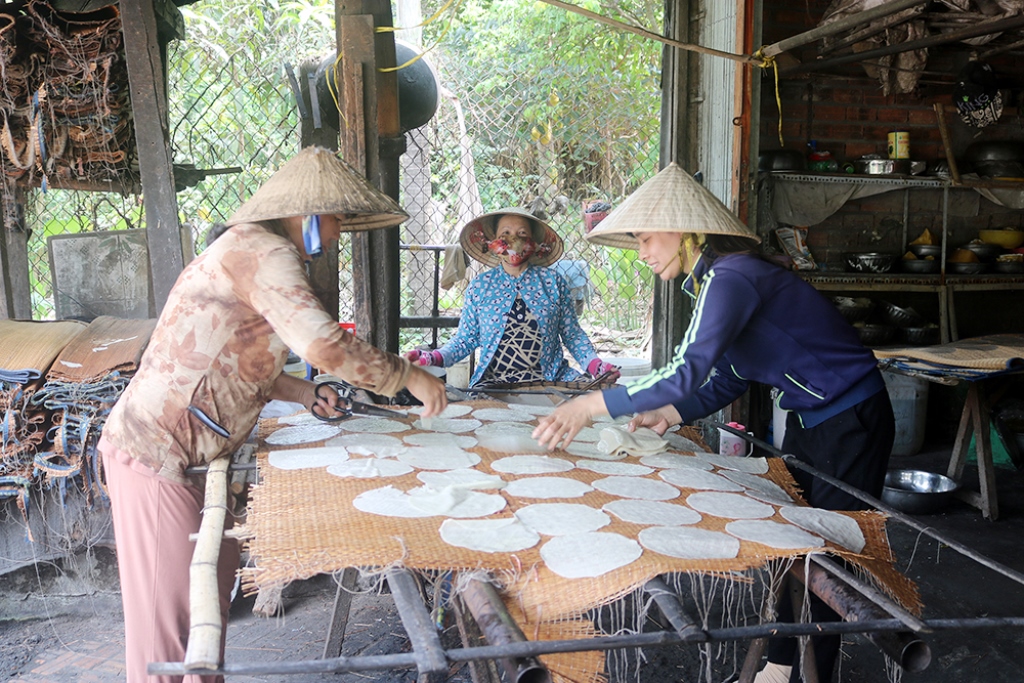




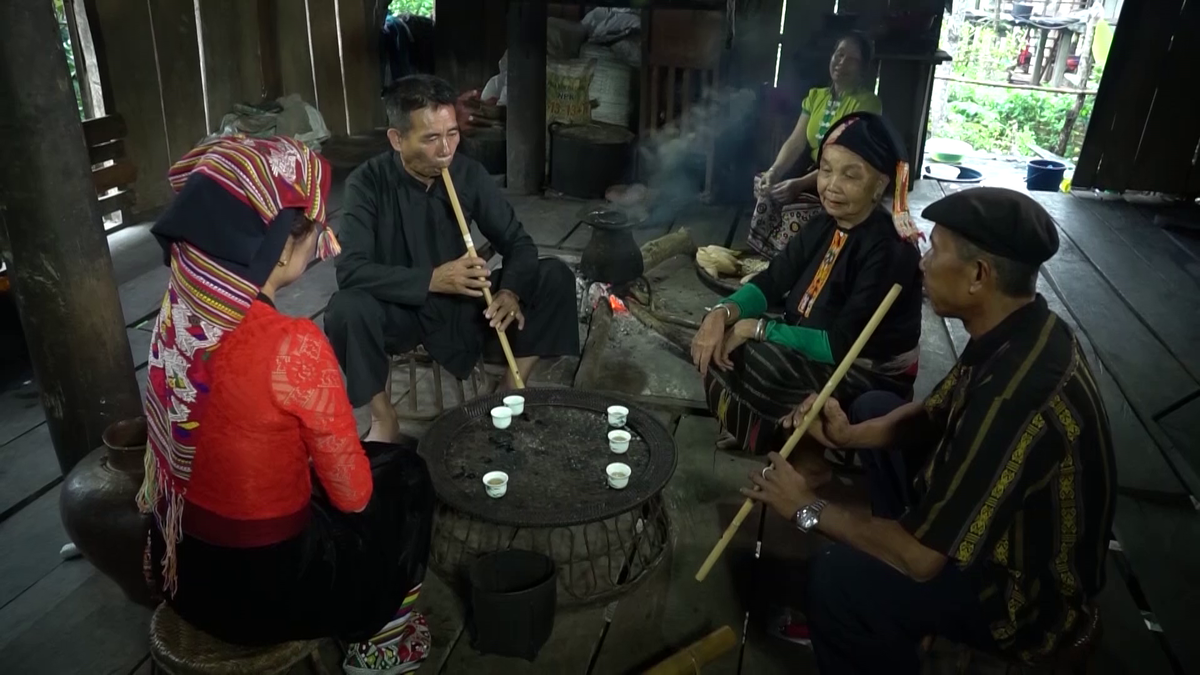

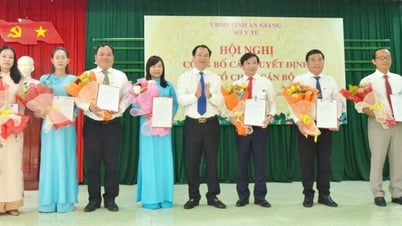
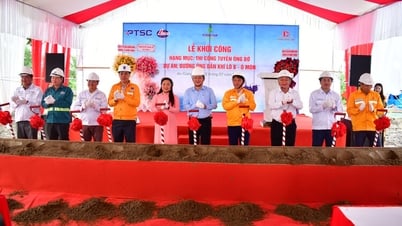
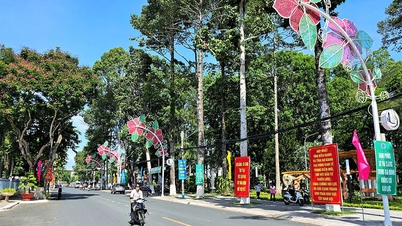
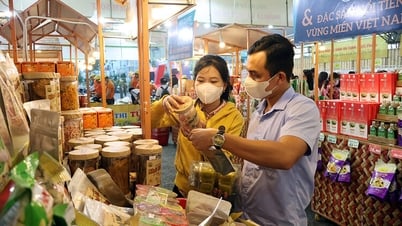























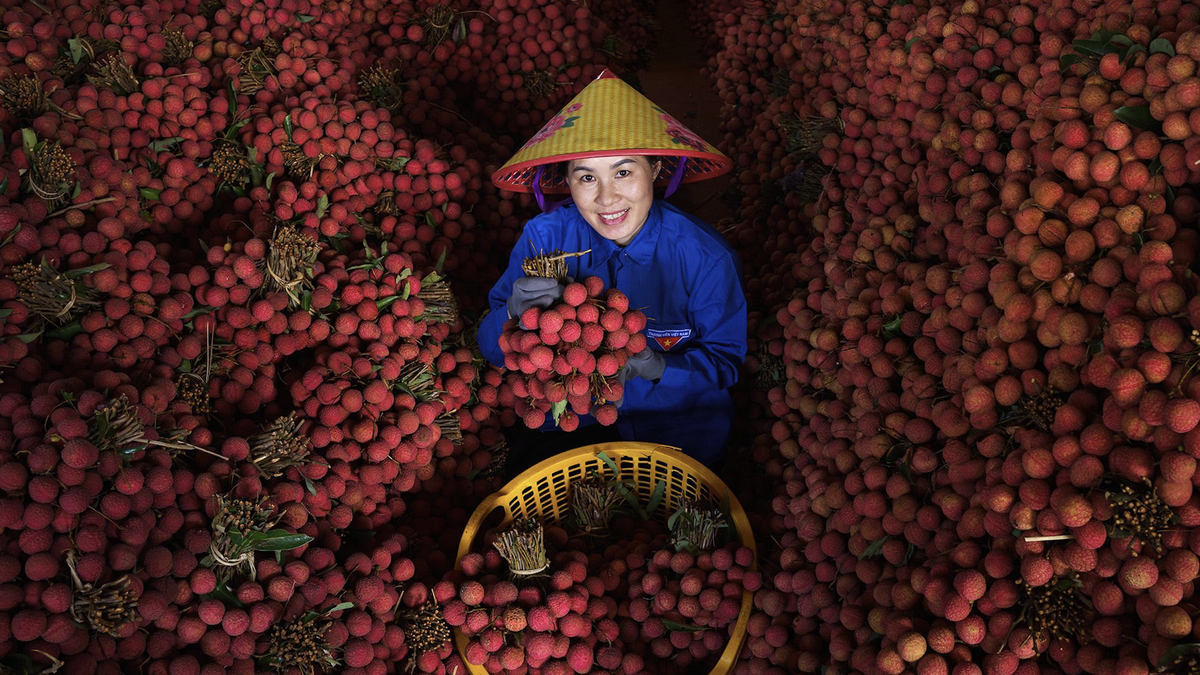
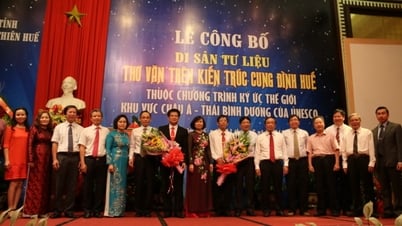

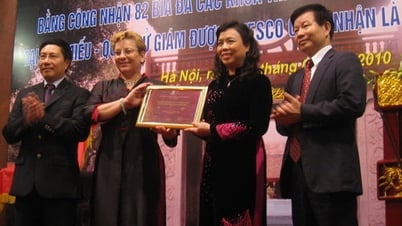



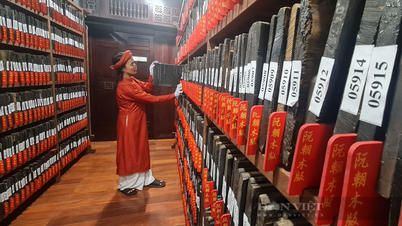





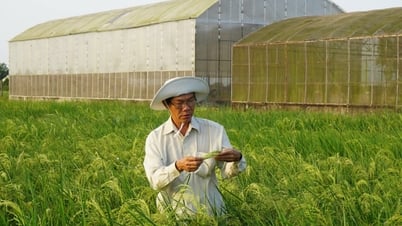

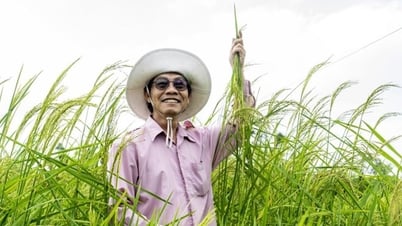

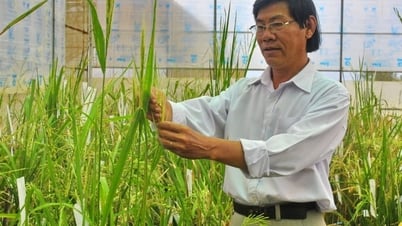



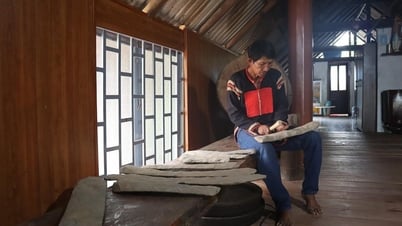









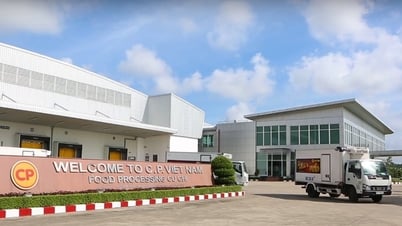


![[Photo] General Secretary To Lam attends the launch of 3 digital platforms serving the implementation of Resolution No. 57-NQ/TW](https://vphoto.vietnam.vn/thumb/402x226/vietnam/resource/IMAGE/2025/7/2/d7fb7a42b2c74ffbb1da1124c24d41d3)


















![[Infographic] Unique traditional festivals in Dong Nai](https://vphoto.vietnam.vn/thumb/402x226/vietnam/resource/IMAGE/2025/7/2/529dd451b2b6437dbb553afe859968cd)




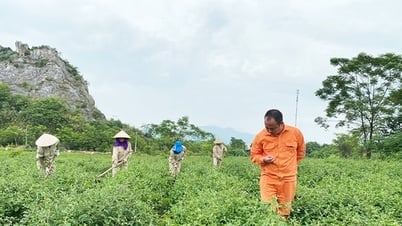







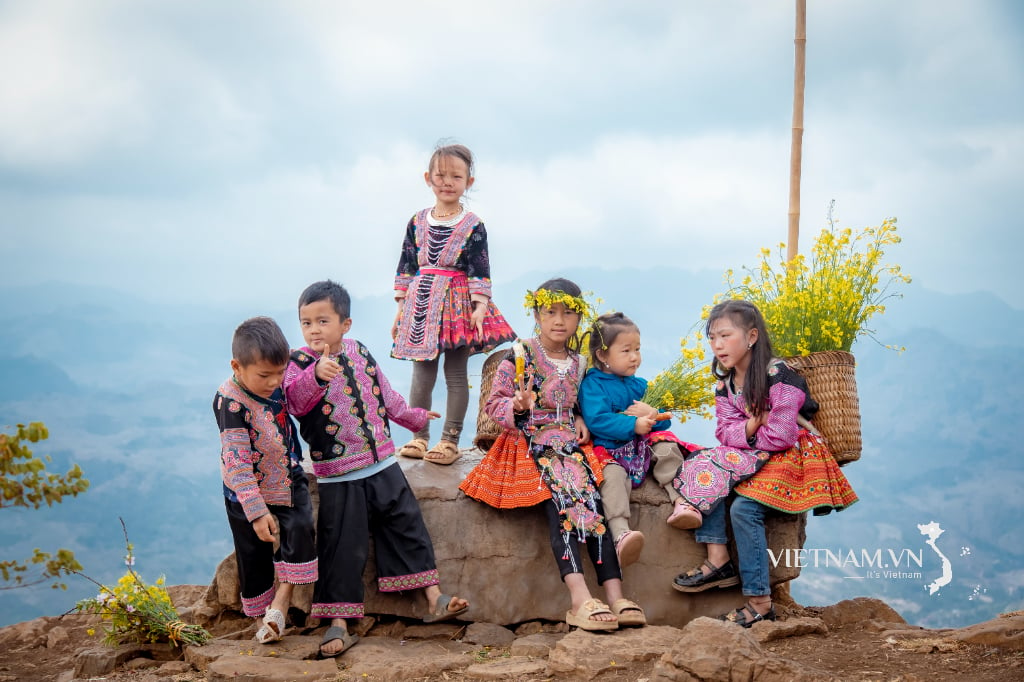


Comment (0)